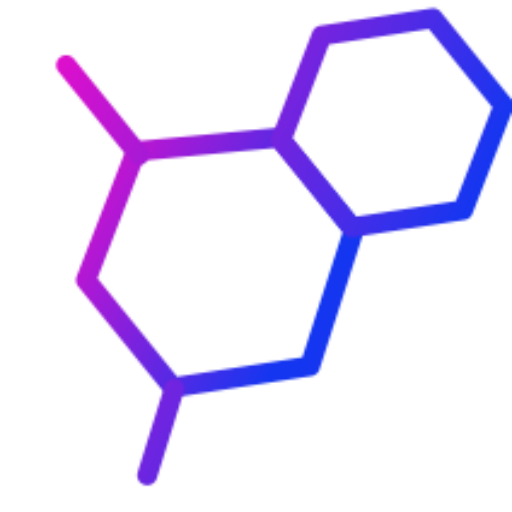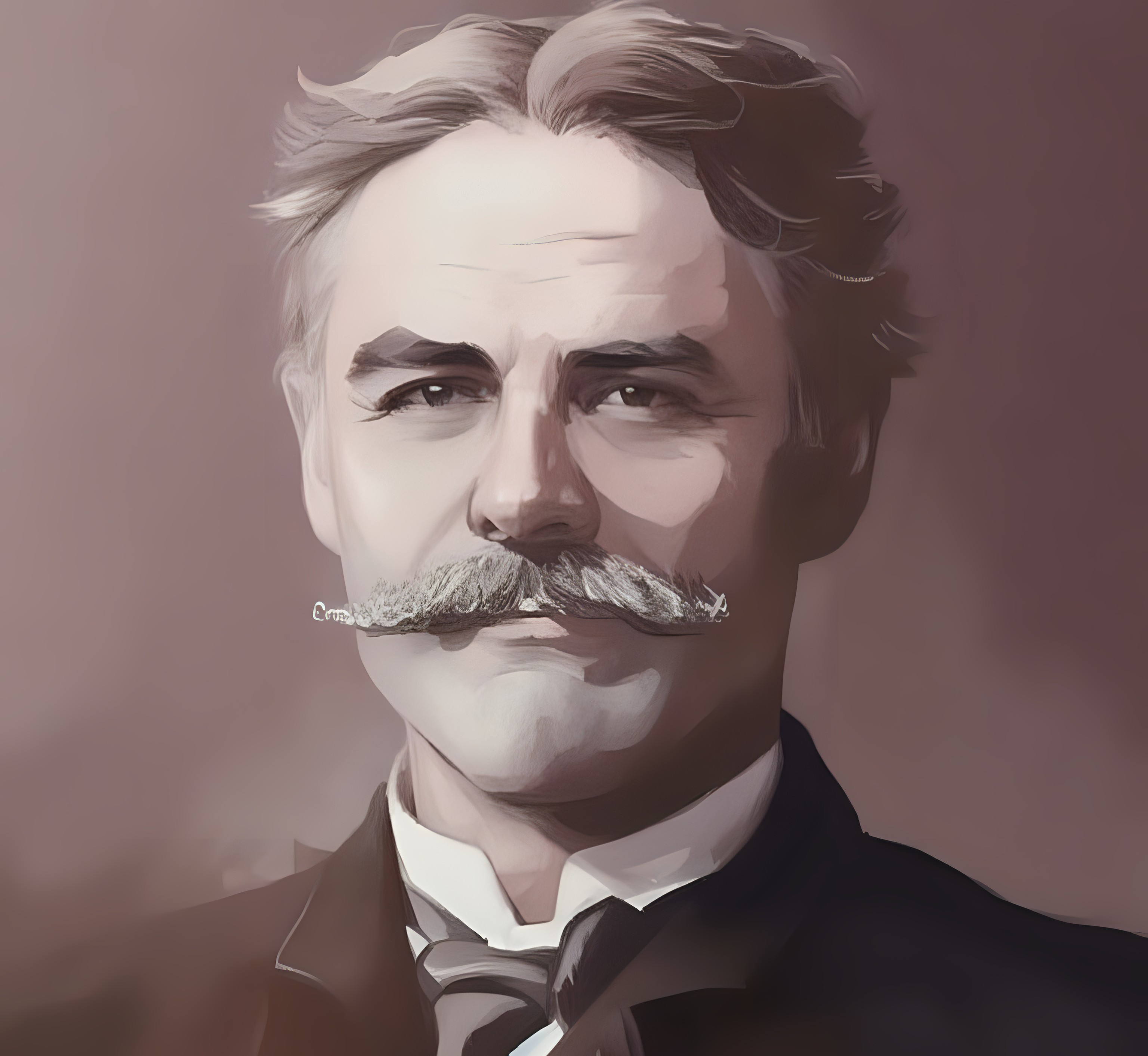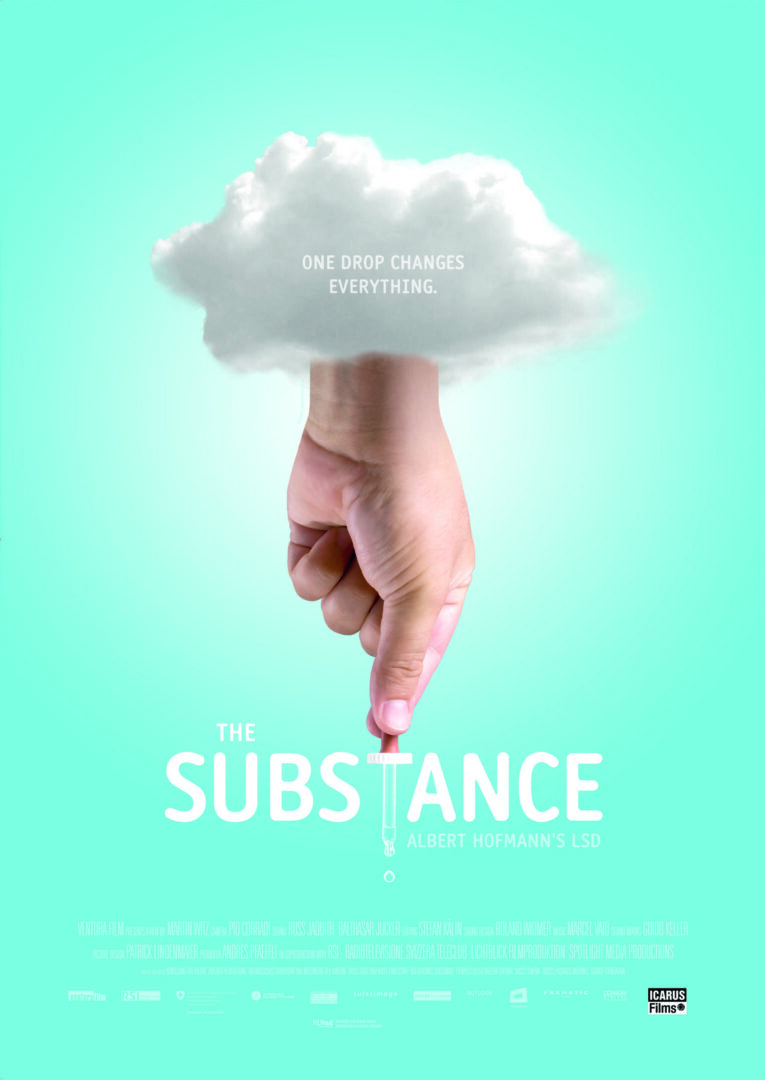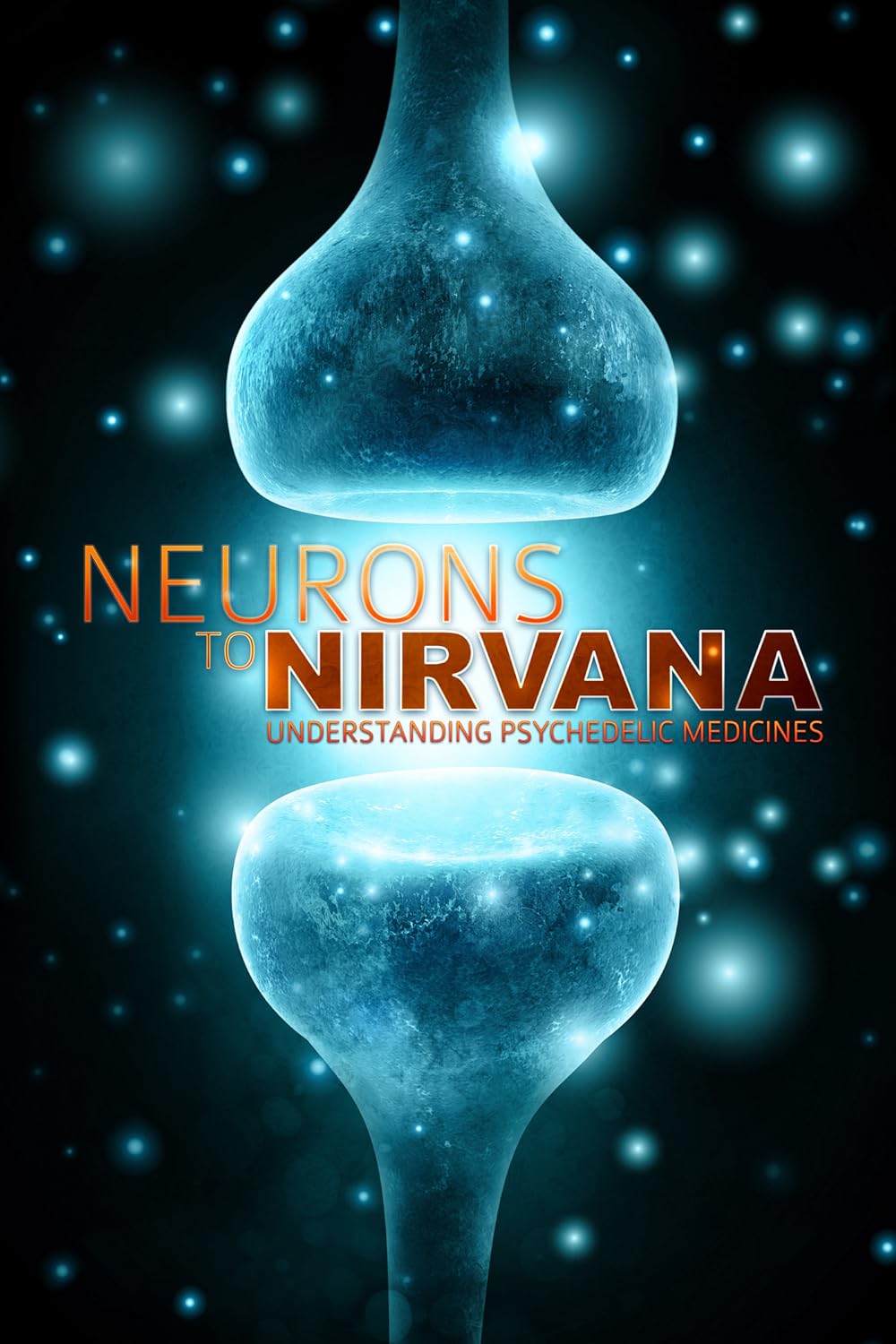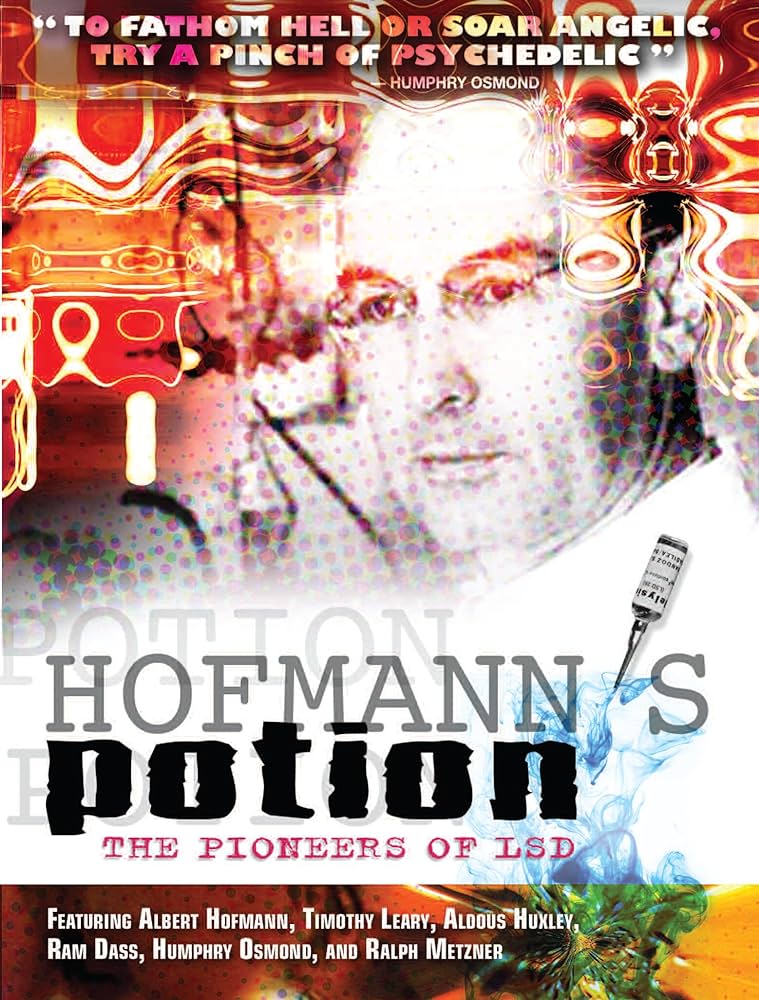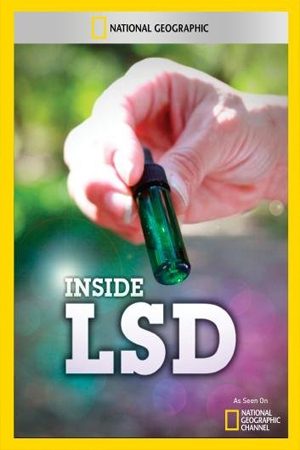The history of MDMA is a wild tale, featuring German scientists, CIA experiments, avant-garde therapy and a lot of late nights.

Anton Kollisch is an unlikely figure to find in a history of social drug taking.
Born in Germany in 1888, Kollisch was a gifted student who studied medicine and pharmaceutical chemistry. He took his doctorate at the University of Berlin, where he graduated in 1911; his area of expertise was the synthesis of organic compounds.
After graduating, Kollisch took a job at Merck, a German pharmaceutical giant.
His role involved analysing products made by Merck’s competitor, Bayer, and creating variants. If any of these compounds proved viable, this would allow Merck to produce similar products to their rival, without violating copyright.

In 1912, Kollisch was studying a successful Bayer compound called ‘Hydrastinine’, an antihemorrhagic agent, used to stem abnormal bleeding. He began to develop a variant called ‘Methylhydrastinine.’
Synthesis of new organic compounds is complex, and sometimes requires the development of intermediate substances. This was the case with Methylhydrastinine; while working on this project, Kollisch created another new substance, an intermediate, which he called ‘Methylenedioxymethamphetamine’.
Due to its wordy label this was referred to by an acronym: MDMA.

The history of medicine is rich with examples of new drugs discovered by accident.
Consider Penicillin, discovered in 1928 when a poorly sealed sample of Influenza was corrupted by a speck of mould, that had natural antibiotic properties.
Or Valium: discovered in the 1950s by Polish chemist Leo Sternbech, out of leftover compounds he was using to try to create new shades of dye.
A more recent example is Viagra, discovered in 1996 during clinical trials for a new drug, ‘Sildenafil’, that had been developed to treat chest pain. Male subjects from the trial reported no consistent pain relief, but that they had prolonged erections during the testing period.
MDMA is another member of this group.

Kollisch was uncertain what he had discovered, or if it would be useful, but he took formal steps to register his new compound. He filed a patent for MDMA on Christmas Eve 1912, and continued his research.
When World War I broke out, Kollisch enlisted in the German Army. He died in combat, killed on the Western Front in September 1916.
Work was discontinued on Methylhydrastinine and MDMA. The research behind their discovery went into the Merck archives, and was largely forgotten.

The human brain is highly complex.
It is constructed out of a dense mass of specialised cells, called neurons, which together make a complicated electro-chemical network. The neurons do not touch, but are separated by a tiny gap, called a ‘synaptic cleft’, estimated to be about 1/20 millionth of a millimetre wide.
As the brain functions, electrical signals run through this network, jumping from neuron to neuron at close to the speed of light.
There are estimated to be 100 billion neurons in the average brain, each one connected to approximately 10 000 others; this gives a potential 1 000 trillion synaptic connections for our brain’s nervous energy to run through, underlining the complexity of human behaviour.

The brain also produces its own chemicals, called ‘neurotransmitters’.
These are produced by the neurons, and further modulate synaptic behaviour. When the neuron is stimulated with an electrical impulse, it releases neurotransmitters into the synaptic cleft, which aid the impulses in jumping to the next neuron.
They also alter the signals; amplifying the electric charge, or creating a different impact in the receiving neuron. There are many different neurotransmitters, all with slightly different effects.

MDMA works by stimulating neurons to produce more of the neural-transmitter serotonin (it also has a lesser impact on dopamine, and norepinephrine).
Serotonin is produced in relatively small amounts usually, and is used by the brain to help regulate our moods, appetites, and energy levels.
An excess of serotonin is what produces the positive feelings people associate with MDMA; excessive energy, affection for those around you, optimistic thoughts and feelings.
But the brain can only produce so much serotonin. Once MDMA wears off, it leaves you with depleted levels of the chemical, which can take several days to replenish. This is the explanation for the after effects users feel; negative thoughts, lack of energy, anti-social behaviour.
The come down.

In 1952, scientists at the University of Ann Arbor, in Michigan, began a major study of the effects of psychedelic drugs.
Included were marijuana, LSD, mescaline, psilocybin, and the then obscure MDMA. A Merck review of MDMA in 1951 had determined that it had possible mind altering properties, which caused it to be added to the Ann Arbour study.
Although the specifics of MDMA’s mental impact were largely unknown.
Also unknown at the time was that the Ann Arbor study was a front. It was actually part of a secret government project called ‘MKUltra’, run by the CIA.

At the height of the Cold War, the US and Russian governments both explored ways they could interfere with the other’s military capabilities.
This included conventional military deterrents and espionage, and experimental ideas like sonic weapons, mind control, and psychoactive drugs.
MKUltra was designed to test potential military applications for the latter. It was the brainchild of Sidney Gottleib, a spy with a long history of involvement in the CIAs darkest work; assassinations, coups, and undercover operations.

Starting with the Ann Arbor study, MKUltra spread covertly through American universities, hospitals, jails and military bases.
It partly involved scientific analysis of the drugs, and testing on animals. But the CIA really wanted to see the impact on people, and so psychoactives were given to volunteers, whose behaviour was observed. When enough volunteers were not available, the drugs were also given to some US government employees, without their knowledge.
Much of the focus was on LSD, which the CIA thought could be used either as kind of truth serum, or as a means of confusing enemy agents and causing them to defect.

As the project grew, it became more sinister.
Mental patients and criminals were forced to participate, usually against their will. In one example, a mental patient in a Kentucky hospital was dosed with LSD for 174 consecutive days.
The CIA also set up a series of brothels in San Francisco, codenamed ‘Operation Midnight Climax’. Clients at these establishments were dosed with LSD and other drugs, and secretly filmed. They were later blackmailed into silence, when the agency threatened these unwitting test subjects with the release of the films to the public.
MKUltra continued for 20 years, from 1952 – 1973. Then the CIA, having conducted thousands of illegal, covert experiments on American citizens, finally concluded that psychoactive drugs were too unpredictable to be useful.
Then CIA director Richard Helms ordered most of the project files destroyed. While MKUltra was later uncovered by the New York times, in 1974, the loss of these documents means the full impact will never be known.

An unintended consequence of MKUltra was that the exotic drugs used, then barely known in America, leaked from the project into wider society.
Author Ken Kesey, writer of ‘One Flew Over the Cuckoo’s Nest’, participated in a CIA sponsored test of LSD in San Francisco and was so taken with the drug’s impact that he arranged to smuggle a supply of it from the project for personal use. Other test subjects, who had enjoyed their psychedelic experiences, did the same.
And so it went with MDMA. By 1970 it was in use recreationally in America; in that year it was mentioned in a police report from Chicago, confirming an underground MDMA lab had been discovered.
On the street, it was referred to as ‘Molly’.

Reputable scientists continued to study the drug periodically.
Also in 1970, Alexander Shulgin, a pharmacologist working for Dow Chemicals, began studying MDMA, believing it may be useful in psychotherapy. He synthesised the compound and shared it with his colleagues in the mental health industry, who used it in experimental treatments.
At low doses, it was thought that MDMA brought patients to an open, innocent state, where they would be more likely to share their thoughts and feelings. The results of these early clinical studies were mixed.
Shulgin also experimented on himself, using MDMA recreationally in his own time, and turning his friends on to the experience. For the rest of his career, he remained a proponent of the benefits of low dose MDMA use.

By the early 1980’s, the recreational use of MDMA was on the rise. But it still wasn’t illegal.
In 1981, Michael Clegg, a chemist based in Austin Texas, set up a mail order business supplying bottles of MDMA in pill form. He dubbed the drug ‘Ecstasy’ as a marketing gimmick, wanting to make it sound more exciting.
Noting its popularity at dance clubs, to promote his product Clegg staged ‘Ecstasy Nights’ in local venues, where the drug was given away for free.
Business boomed.

But the government was catching up.
In 1982, the Drug Enforcement Agency (DEA) began investigating MDMA, with a view to banning the substance. Public hearings were held between 1982 – 84, and medical professionals testified to the harmful effects of the drug: memory loss, mood swings, potentially fatal dehydration.
Objections to the ban were also raised. Therapists and psychologists, supporters of Shulgin’s research, again raised its potential as a therapeutic treatment.
The hearings concluded and MDMA was listed as a Schedule 1 controlled substance on July 1, 1985, making its production and consumption illegal in the United States. Other western countries followed suit, and MDMA was driven underground.
Its popularity would surge in the 1990s, and it became synonymous with that era’s rave culture, and the rise of electronic music. It is currently the world’s second most used illegal substance, after marijuana.
The debate over its potential therapeutic use continues.
